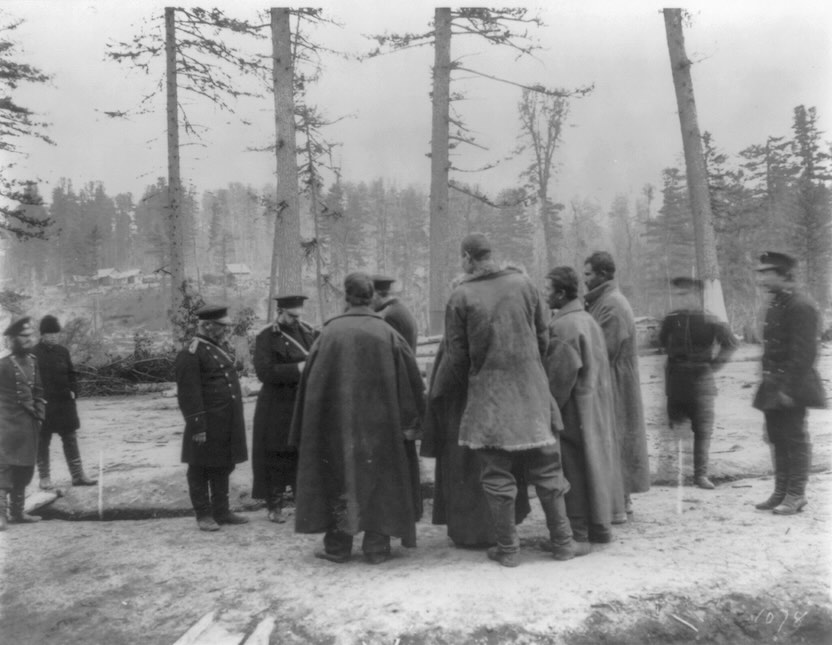1901 Trans-Siberian Railroad Completed

The Trans-Siberian Railroad connected Moscow to Port Arthur, transforming Siberia with large-scale access for settlement, trade, and resource exploitation. It unified Russia, boosted economic growth, and projected power in East Asia. While facilitating migration and industrialization, its geopolitical impact led to the Russo-Japanese War, showcasing both Russia’s ambitions and the challenges of imperial expansion.
The completion of the Trans-Siberian Railroad by the Russians marked a pivotal moment in the country’s history and had a transformative impact on Siberia, Russia, and even global geopolitics. Spanning from Moscow to Port Arthur (present-day Lushun, China), this ambitious infrastructure project connected European Russia to the vast, largely uncharted, and resource-rich Siberian expanse, providing unprecedented access to the region and opening new opportunities for economic development, settlement, and political influence.
The railroad, completed in the early 20th century, was not merely a domestic project but also a strategic one. For Russia, a vast empire with vast but underutilized lands in the east, the Trans-Siberian Railroad served as a lifeline that unified the country’s disparate regions. It facilitated the transportation of goods, people, and resources across the vast distances of the Russian Empire, making previously remote areas accessible for development. Siberia, often viewed as a frozen wasteland, became an area of economic interest, with its abundant reserves of timber, minerals, and agricultural potential now within reach.
The construction of the Trans-Siberian Railroad also symbolized Russia’s determination to project power in East Asia. The extension of the railway to Port Arthur, a vital port on the Pacific Ocean, highlighted Russia’s desire to establish a strong foothold in the region and compete with other imperial powers such as Japan and Britain. Port Arthur was strategically significant due to its ice-free harbor, allowing year-round naval and commercial activities. This capability bolstered Russia’s military and economic presence in the Far East, positioning it as a key player in the region.
The railroad had profound social and economic implications. It enabled the large-scale migration of Russian settlers into Siberia, a process often referred to as the Siberian colonization. This migration alleviated population pressures in European Russia and brought new agricultural and industrial opportunities to Siberia. Towns and cities sprang up along the railway, leading to the urbanization of the region and creating a network of economic hubs that were integrated into the broader Russian economy.
Additionally, the Trans-Siberian Railroad revolutionized trade. Goods from Europe could now travel overland to the Pacific, reducing the reliance on lengthy and perilous sea routes. Conversely, Siberian resources could be transported westward, fueling industrial growth in Russia’s heartland. The railroad thus played a critical role in transforming Russia into a more integrated economic entity and laid the groundwork for its industrialization.
However, the geopolitical ramifications of the railroad were significant and not without conflict. The extension of the Trans-Siberian Railroad into Chinese-controlled Manchuria, including its terminus at Port Arthur, brought Russia into direct competition with Japan, culminating in the Russo-Japanese War of 1904-1905. Japan’s victory in the war demonstrated the limits of Russian power in the Far East and forced Russia to reevaluate its imperial ambitions.
In conclusion, the completion of the Trans-Siberian Railroad from Moscow to Port Arthur was a monumental achievement that reshaped Russia’s economy, society, and geopolitical strategy. It unlocked Siberia’s vast potential, connected the eastern and western extremities of the empire, and cemented the railroad’s status as a symbol of Russian ambition and resilience.
 >
>